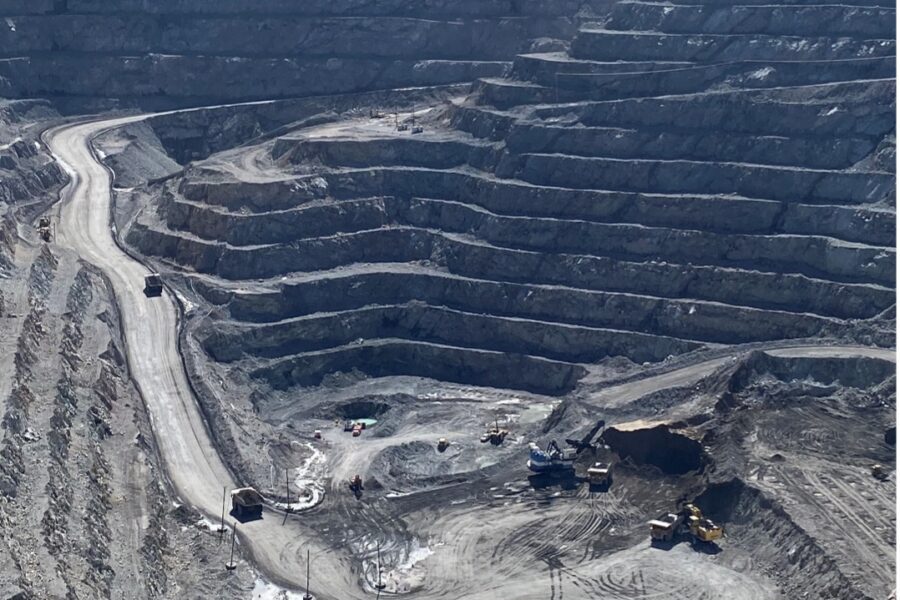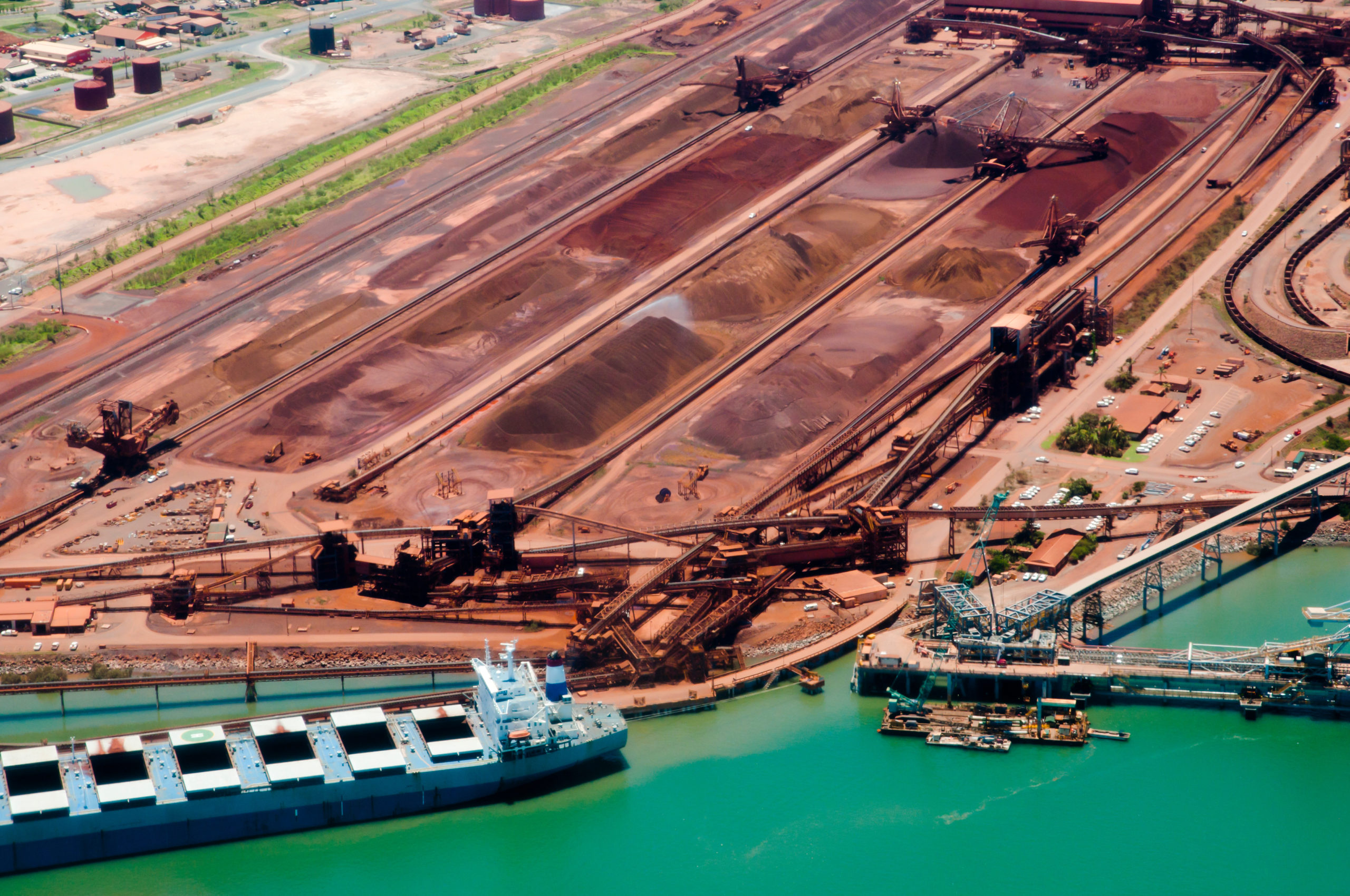PGM roller coaster ride: long way down

Platinum futures listed on Nymex were once again trending lower at $1,410.80 an ounce on Tuesday, but September palladium contracts plummeted nearly 3% from record highs set on Friday.
In afternoon trade palladium was exchanging hands for $883.80, down from the previous close of $908.65 an ounce as supply fears over the conflict in Ukraine recede.
Palladium futures trading on New York’s Nymex are still up nearly 23% this year over concerns the West will be forced to tighten sanctions against Russia, the number one supplier of the precious metal at 42% of the global total.
The US and EU have already imposed restrictions on Russian imports of oil technology and have placed curbs on its defence and banking sectors, but so far supply of platinum and palladium have been mostly unaffected.
Not everyone believes the tensions would affect the fundamentals of the industry.
When palladium first crossed the $900-mark Walter de Wet, an analyst at Standard Bank, told the Wall Street Journal there are some 18 million ounces of palladium stocks that will need a year or two to draw down.
“The fundamentals support the price, but we do think…it might be a bit overdone.
“We think palladium can trade at $900, but we think it’s more a 2015, 2016 story as opposed to a 2014 story.”
South Africa, where a devastating strike kept mined metal off markets for months, and Russia combined account for close to 80% of global supply of palladium and 70% of platinum output.
Russia has been stockpiling palladium since Soviet times, but those inventories are now believed to have been largely depleted. The last time palladium prices were at today’s levels was in 2001 when Russia briefly halted stockpile sales.
South Africa is the top supplier of platinum but with production slowly returning to pre-strike levels and without the Russian risk premium platinum prices have come under pressure.
PGMs are mainly used to clean emissions in automobiles with 70% of global demand for the precious metal coming from the sector.
While supply worries are behind the rise of the metals this year, focus is now shifting to the demand side as the number one consumer of PGMs – Europe’s car industry – perform below expectations.
From expectations of a 6% jump in sales this year, the continent’s carmakers only managed to shift around 3% more vehicles in the first half as Europe’s largest economies look in danger of sliding back into recession.
A slowing economy in China, the world’s largest vehicle market where catalyst use skews towards palladium, is also clouding the outlook.
Platinum has only managed gains of 2.5% in 2014, falling back sharply after a brief period above $1,500 in early July.
More News
BC First Nation files ‘urgent’ injunction to halt tailings dam construction at Mount Polley mine
April 28, 2025 | 04:23 pm
{{ commodity.name }}
{{ post.title }}
{{ post.date }}



Comments